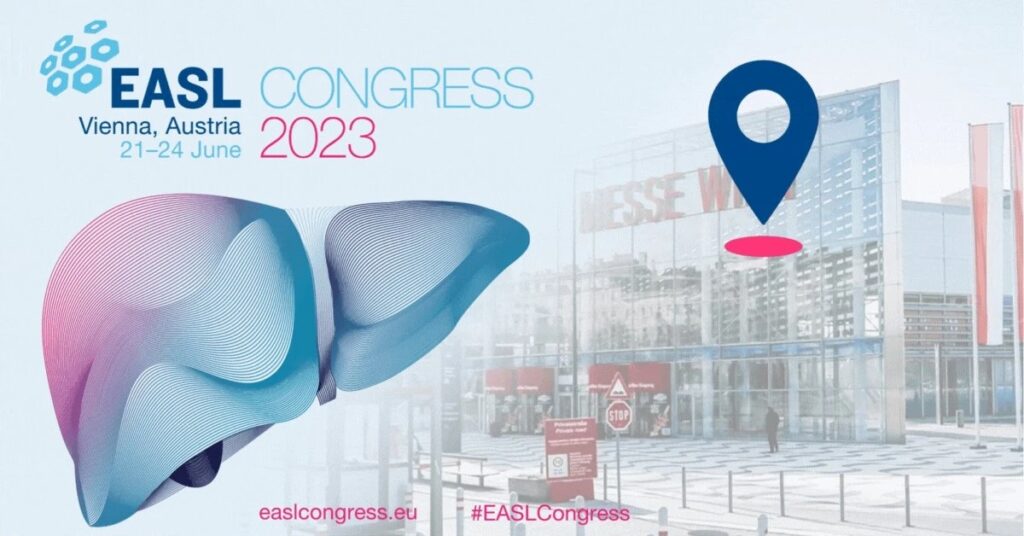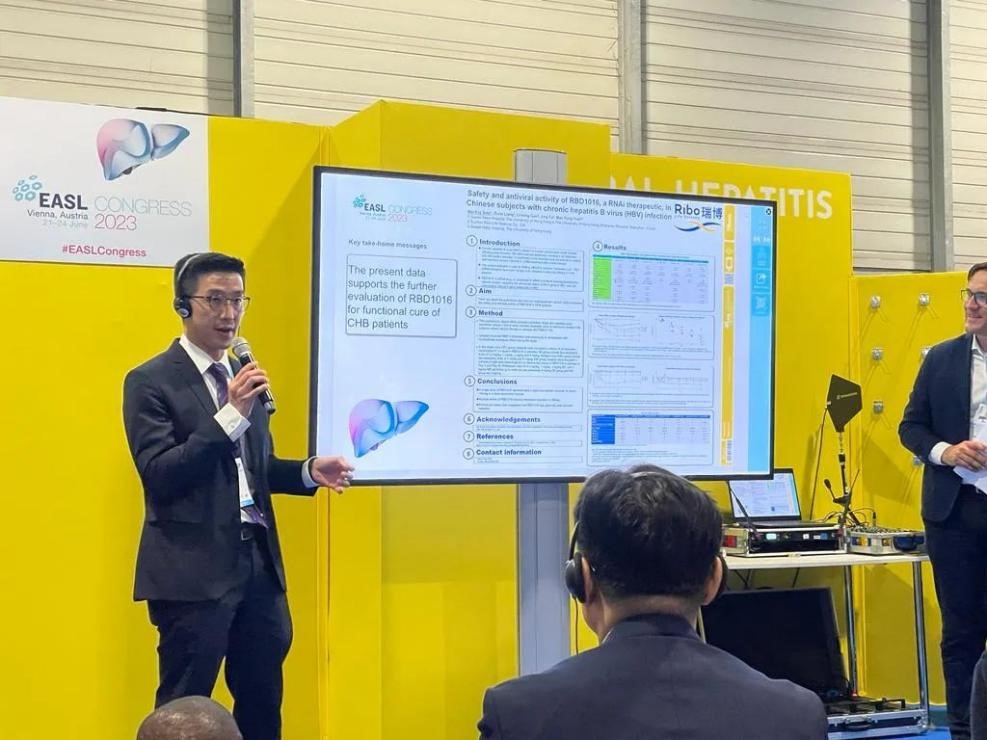IDWeek Commentary | Dr. Mei Zeng: Racing Against Time! Developing a Predictive Model for Early Identification of Severe Infections in Newborns
Half of all global child deaths under the age of 5 are caused by infections, and half of all sepsis patients worldwide are children, especially newborns. These alarming statistics highlight the significant challenge of infection treatment in pediatric clinical practice. At the recent IDWeek 2023 in the United States, a predictive model for severe infection in infants under 90 days of age, based on clinical data and inflammatory biomarkers, was reported. This predictive model may aid in the early identification of newborns at high risk of severe infection, allowing timely clinical intervention to reduce the risk of disease progression. Dr. Mei Zeng from the Children's Hospital of Fudan University/National Children's Medical Center provides an introduction and commentary on this research.





